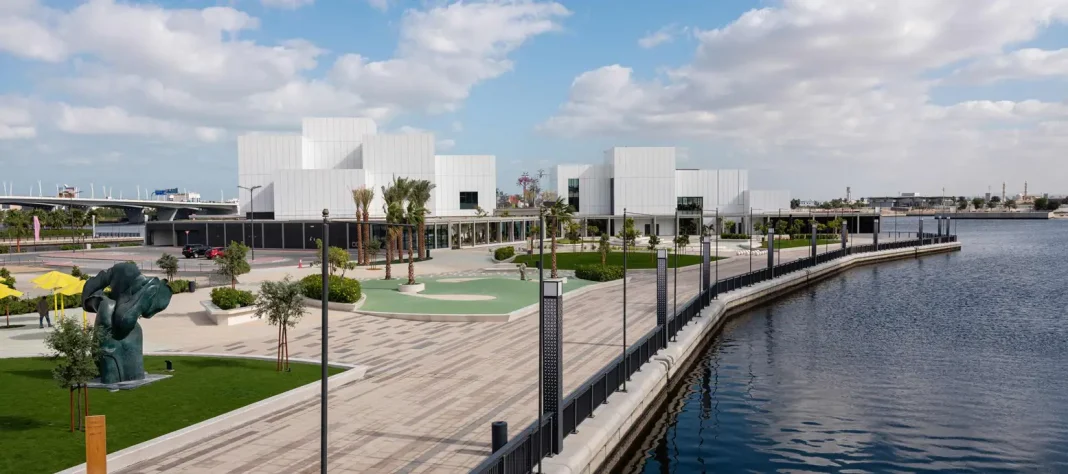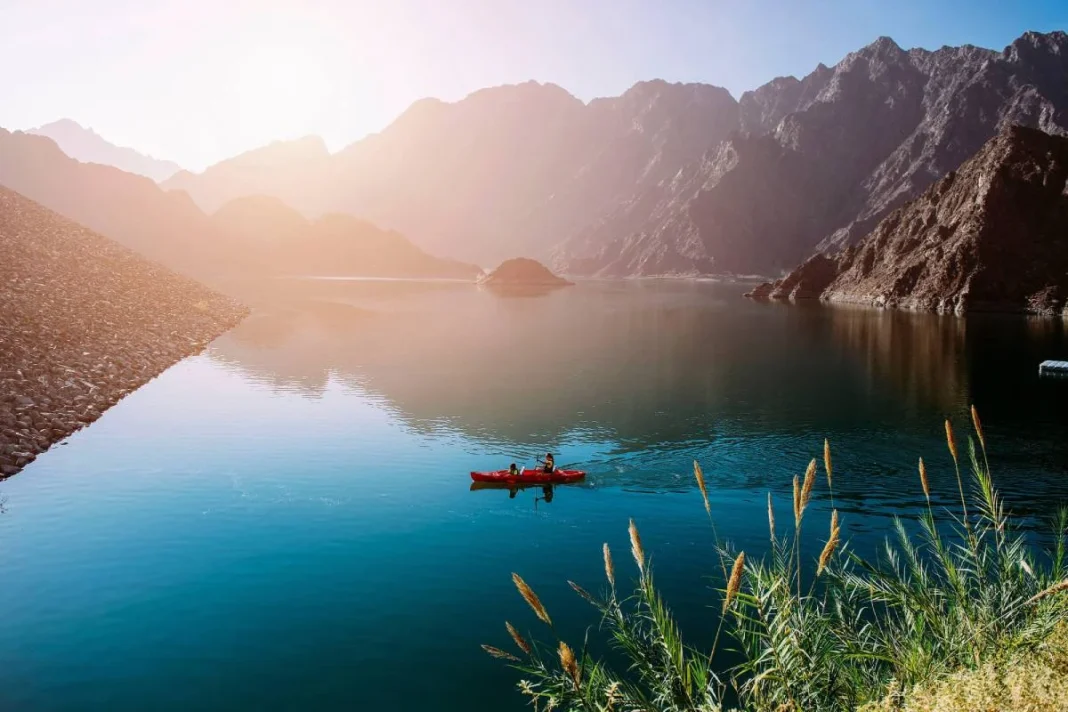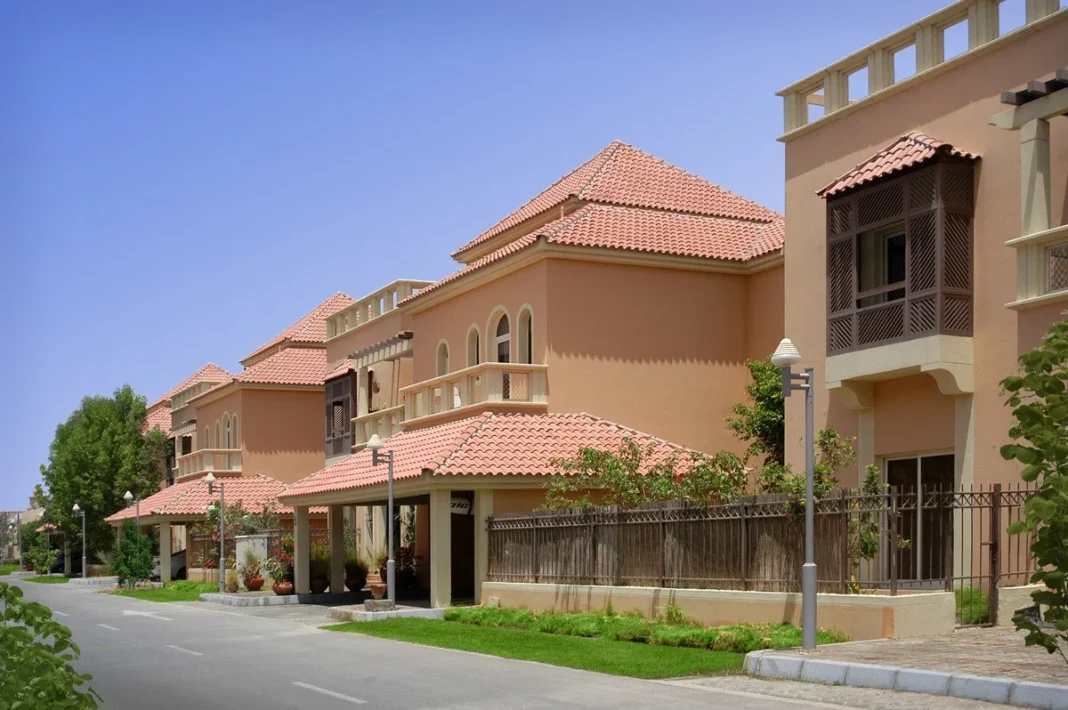The promise of Dubai Waterfront resonates strongly in Dubai’s competitive real estate market, but it does so in a different way, almost like a whisper. Imagine a plan to create an entire city on the sea, an extension of land and canals intended to be the largest coastal development on the planet. But what happens when a vision of this magnitude is reactivated? The giant has awakened, and Dubai’s real estate market holds its breath.
The return of Dubai Waterfront is not just news for investors; it is a seismic movement in global urbanism. This is not just another project on the Emirati horizon. It is a gamble that could change the city’s center of gravity, its silent reactivation positions it as the next great frontier of investment on Dubai’s new coast. Behind the sand and cranes lies an opportunity that many believed lost forever.
The city of the future or a real estate fantasy?
When it was first conceived, the idea was simply astounding. The master plan for Dubai Waterfront included the creation of a complete metropolis, with Palm Jebel Ali as one of its central pieces. Its objective was not to add a beach, but to build an artificial maritime façade larger than Manhattan Island itself, forever changing the geography of the region. It was, and still is, the ultimate expression of the audacity of this coastal megaproject.
However, the global financial crisis of 2008 hit hard, and the dream entered a long slumber. The project halted, leaving a vast canvas of land reclaimed from the sea and half-built canals, a silent reminder of its latent potential. For many, the project’s halt was a symbol of the end of an era of excesses, but for visionaries, it was merely a strategic pause in waterfront development.
The return of a sleeping giant
Today’s Dubai is not the same as in 2008, and the current context has been the perfect catalyst to resurrect this colossus. The city is experiencing a new boom, with a demand for luxury properties and prime land that has exceeded all expectations. In this scenario, the need for new developable land has turned all eyes to this immense land reserve, making Dubai Waterfront the logical solution for expansion.
This reactivation is not a whim, but a key piece in the city’s long-term strategy. The Dubai 2040 master plan seeks to optimize land use and improve quality of life, and this project fits perfectly. The updated vision for Dubai Waterfront aligns with a more sustainable and planned development, which ensures that its growth will be orderly and with first-class infrastructure, consolidating the project in Jebel Ali as a pillar of the future.
More than sand and water: what will be built here?
The new version of the plan goes beyond residential. It is projected as a series of districts interconnected by navigable canals, each with its own identity and services. The vision for Dubai Waterfront is to create a destination in itself, a conglomerate of commercial areas, luxury hotels, marinas, and leisure areas that will attract both residents and tourists. It will be a vibrant city that will face the sea, redefining the coast of the future.
The focus on well-being and community will be fundamental. Extensive parks, promenades, and public spaces designed to foster an active and outdoor lifestyle are planned. Far from being an asphalt jungle, the project will prioritize green areas and sustainability to create a habitable and desirable environment. This city on the water will not only offer luxury but also a quality of life that is scarce in large metropolises.
Smart investment: why now is the time?
Those who know the Dubai market know that the greatest fortunes were made by betting on projects before they became a reality. Dubai Waterfront represents precisely that: the opportunity to enter the initial phase of what will be the city’s next major hub. Investing now, when prices do not yet reflect the final potential, offers a possibility of massive revaluation as the project consolidates.
Dubai’s history is full of examples that support this strategy. Areas like Dubai Marina or Downtown were little more than sand two decades ago, and those who invested then have seen their capital multiply exponentially. The case of Dubai Waterfront follows a similar pattern, but on an even larger scale, positioning it as a unique opportunity to replicate those past financial successes at this coastal point, with unprecedented growth potential.
The new map of Dubai: how will the city change?
The consolidation of Dubai Waterfront will shift Dubai’s center of gravity southward, creating a new corridor of massive growth between the current center and Abu Dhabi. With its proximity to Al Maktoum Airport and Jebel Ali Port, it will become a logistics, tourism, and residential hub of global strategic importance, permanently altering economic and demographic flows. The new waterfront will not be an anecdote, but a new epicenter.
Ultimately, this project is much more than a simple real estate investment; it is a bet on Dubai’s future. It represents the next chapter in the incredible story of a city that refuses to accept limits and constantly reinvents itself. The awakening of Dubai Waterfront is proof that, when it comes to ambition, the city is always willing to double down to remain a global benchmark, demonstrating that its capacity for big dreams remains intact.



